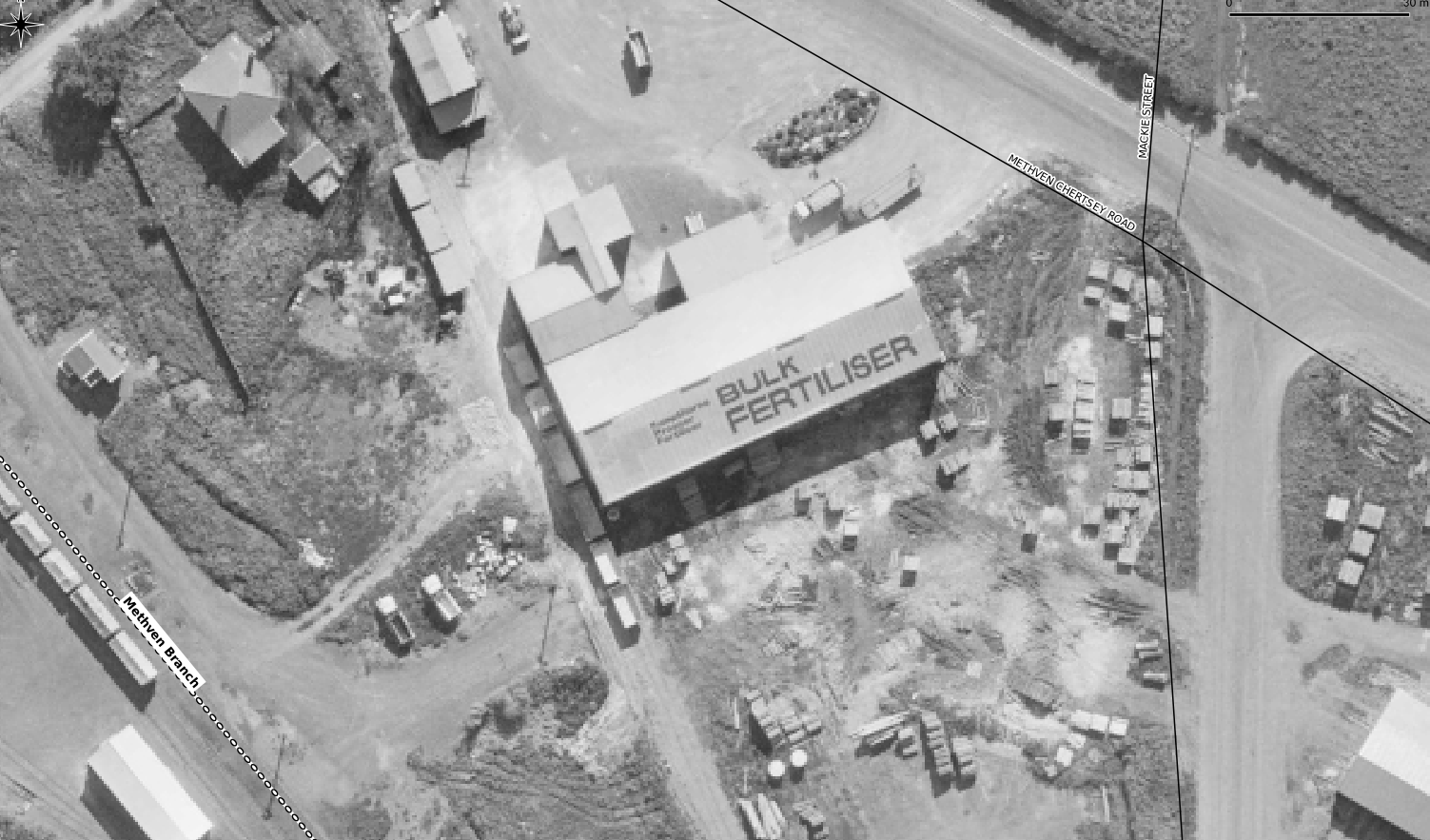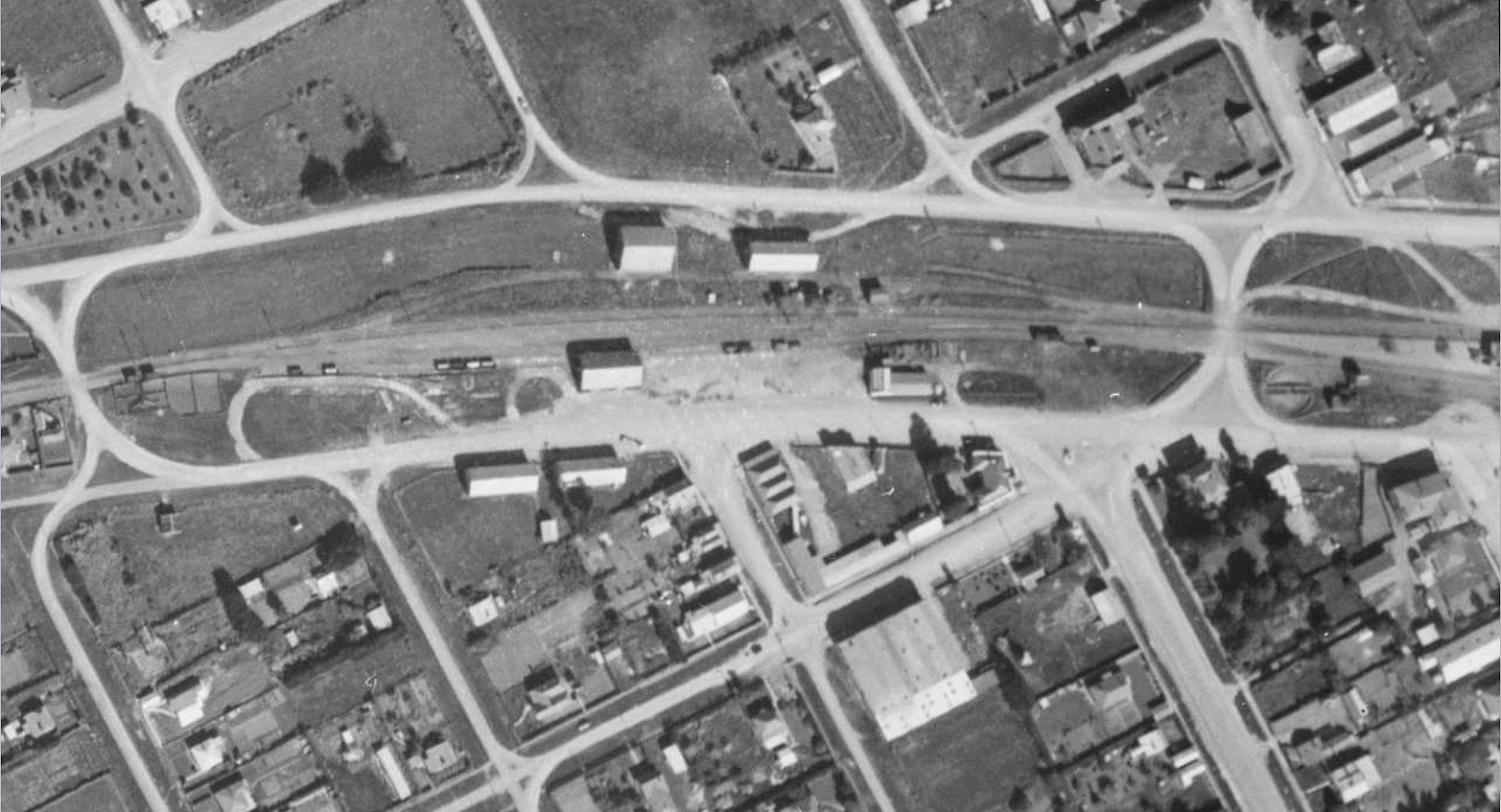So two posts in one. The Methven Branch research is complete and I now have around 500 pages captured to go through for each station on the branch as well as Rakaia. This means I have at least one layout diagram for every station (however I think there is one station I didn't get any diagrams of) and also details of all the bridges on the line (there were actually five, surprisingly, although not all of them still existed when the line closed).
I am not able to directly publish Archives New Zealand material without authorisation so that won't be posted here but I will list some details of the bridges. Apart from the five bridges on the Methven Branch I also researched the Rakaia River bridges.
Rakaia River Bridge
This was originally Bridge 10 on the Main South Line. Today it is numbered Bridge 31, which gives rise to obvious and interesting questions about the basis of numbering of the bridges when it was first constructed. The Main South Line froom Christchurch to the north bank of the Rakaia River was contracted for construction to George Holmes in 1865 with an expected completion of two years. In 1868 the construction of a bridge across the Rakaia River was authorised. Tolls were fixed to be charged to passengers, vehicles and animals. The first estimates by engineers would have put the construction cost as high as 140,000 pounds (about $16 million in today's money). This was regarded as too expensive, but a proposal by William White was accepted and a contract entered into for 21,500 pounds (about $2.5 million) in 1869. This was to be for road traffic only but a conversion to a combined structure to also carry rail traffic was subsequently performed at an additional 13000 pounds. This required extra piles, girders and planking, and additional length of some 480 feet (4480 total). Timber for the original structure was obtained from Little River and barged across Lakes Forsyth and Ellesmere. The bridge finally opened for traffic in 1873. In 1882 the bridge was further extended in length to 5927 feet.
Bridgekeepers were appointed to control traffic and signal trains from the outset, but originally only covered the busiest part of a day's operations. During the unattended period trains were still run across the bridge and it was not unknown for a train to have to stop partway across owing to oncoming vehicles; the latter had to be reversed off as the train had priority. In later years additional bridgekeepers were employed to ensure all train operations were carried out while they were on duty. The bridge was damaged by fire on a few occasions and pipes ran along the structure carrying water for firefighting, these were kept full during the summer months but had to be drained in winter. The bridge did not have the flush decking as we would see it on the few combined bridges still used in NZ. Instead the decking consisted of transverse pieces inserted between the railway sleepers to give a continuous running surface, above which the rails stood proud. Vehicles had to straddle one rail and it was difficult for two vehicles to pass on the narrow bridge. NZR staff were kept busy dealing with vehicle damage to the gates and other parts of the structures, and collisions, breakdowns and other causes of delay.
In the early 1930s NZR assessed that the bridge would need major rebuilding and developed proposals for a replacement. Work to construct this began about 1936 and it was built one chain upstream from the combined bridge. The Main Highways Board had earlier considered purchasing the old bridge and converting it to road only, but eventually decided that a new traffic bridge was warranted and work began on this structure two chains downstream. The highway bridge was opened to traffic in March 1939 and the old bridge simultaneously closed thereto. The overhead bridge at the north end was still under construction at the time and was not completed until some months later. The railway bridge concrete piers were let out to contract by the Rope Construction Co whilst the steel spans were constructed at Addington Railway Workshops and lifted into position by NZR steam cranes. The new rail bridge was 2 yards higher to allow increased flood flow capacity. It came into use in December 1939. In January 1940 a tablet locked siding was connected at the south end to enable the old bridge to be dismantled. It is not clear whether this was part of the original track onto the bridge, or whether there were still rails on the bridge itself. Historically a service siding existed at the north end and during the construction of the new bridge a siding there was in use for equipment and supplies. The total cost of the two new bridges was around 150,000 pounds (about $15 million in 2018 dollars). They are each around 5720 feet long or about 200 feet shorter than their predecessor.
The combined bridge as seen in a Muir & Moodie photo of 1912 (Te Papa Collections).
Methven Branch Bridges
Bridge 4: Dry Creek 13m 62ch / 21.8049 km - replaced washout in 1884 with 5 spans of 15 feet each. The Dry Creek flood flow was diverted in the 1970s and the outline of this watercourse is now almost impossible to detect on aerial photos. The bridge piers and abutments remain in place today as shown in the Google Earth photo below. The adjacent road still dips through what was an occasional ford.
Here is the location shown on a Retrolens photo. The watercourse is clearly visible in this 1942 aerial.
Bridge 5: 18 m 60 ch / 29.8140 km
Bridge 2: 3 m 30 ch / 6.7894 km. 2 spans total 27 feet in 1908. Filled in 1909.
Bridge 1: "3 m 23 ch" (questionable, probably 3 m 2 ch) / 4.9534 km. This was the biggest structure on the line, measured at 10 spans totalling 130 feet in 1908.
Bridge 3: 18.4311 km.
Bridge 3A: 11 m 55 ch. Both 3A and 3 were small structures and I have not recorded any details of them.
The locations other than Bridge 4 which is a well known location will probably have to be estimated from the nearest station owing to the lack of chainage books in the Archives collection.
The other part of this post is about the Springburn Branch which is the other Canterbury branch I intend researching at this stage. I expect there to be considerably fewer files but I could be wrong as I have not yet looked them all up. But I intend to carry out this research in the near future, possibly as early as next week. One of the labelled Methven Branch files did in fact contain details of the two bridges that were built around 1940 to cross the Rangitata Diversion Race. I haven't done the photo mosaics yet but have enough Retrolens stuff for them.






























































